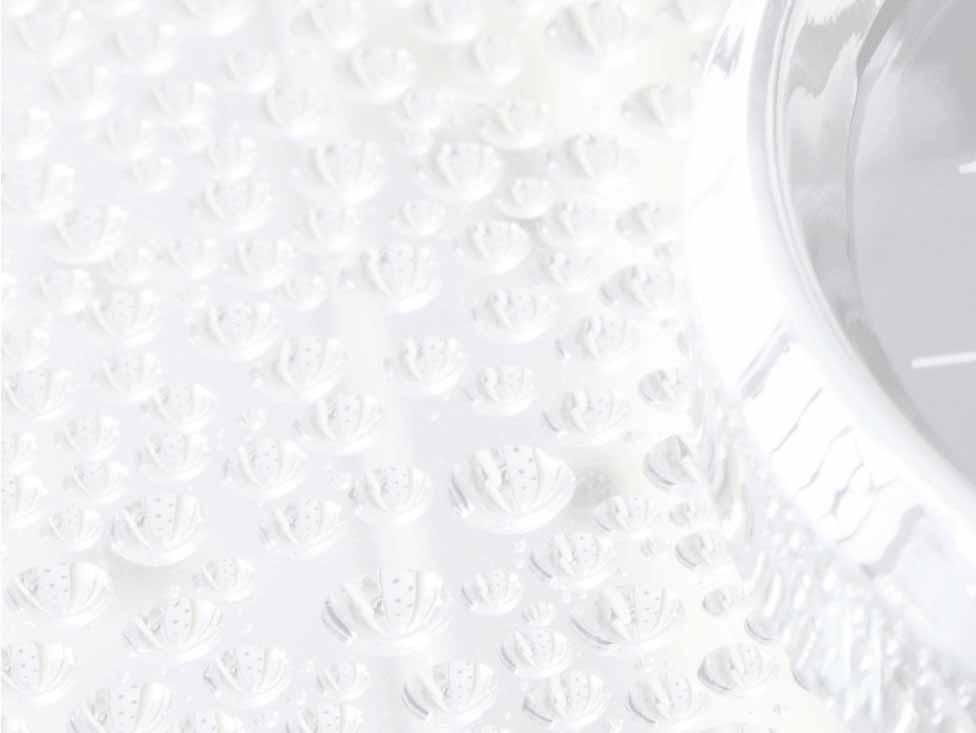
15 minute read
Desiccant vs condensing
Desiccant vs condensing dehumidifi ers – when to use one over the other
There are two main types of commercial dehumidifier – condensing and desiccant. They both lower humidity but do so in quite different ways, which frequently determines when you should use one instead of the other. Here Damien Power, Ireland Area Sales Manager, Condair, (right) compares dehumidifier technologies and gives an overview on best practise dehumidifier selection.
Advertisement
Acondensing dehumidifier operates using the basic principle of creating a cold surface upon which moisture from the air will condense. It incorporates the type of refrigeration circuit found in a fridge or AC unit. Air is drawn into the dehumidifier with a fan and meets the cold coil evaporator element of the fridge circuit. Its temperature is reduced below dew point, causing condensation to form on the coil, from where it drips to drain or into a water tank for disposal. The cold air is then heated with the condenser part of the fridge circuit before being returned to the room, drier and slightly warmer than it entered the dehumidifier.
A desiccant dehumidifier operates using the adsorption properties of a rotating desiccant wheel, a bit like a sponge literally soaking up moisture directly from the air. Air is drawn into the dehumidifier and passes through a slowly-revolving desiccant wheel. The desiccant absorbs moisture and the dried air is returned to the room. In order to allow the desiccant wheel to indefinitely absorb moisture, the wheel passes through a regeneration area, where it is heated by a secondary hot airstream. A heater, frequently electric, heats this secondary airstream to around 120°C before passing it through the wheel. The hot air absorbs the moisture from the desiccant and is then vented externally.
So, a desiccant dehumidifier has two airstreams – a process airstream and a regeneration airstream, which exhausts the moisture collected from the process airstream. As the freshly-regenerated part of the wheel is hot, it carries some residual heat when it rotates back into the process airstream. Therefore, as well as drying the process airstream, the desiccant wheel also provides some heat.
Selection
As a condensing dehumidifier relies on temperature to dry the air, the technology is most efficient when
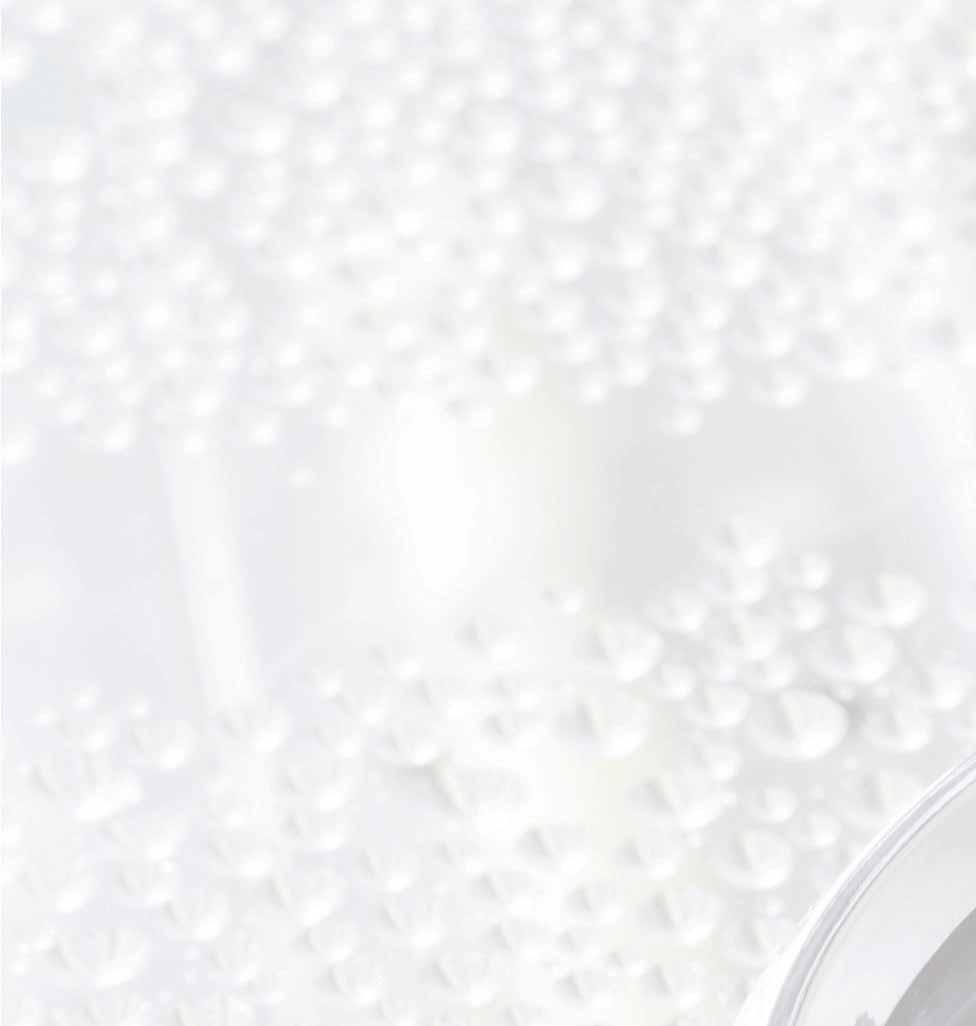

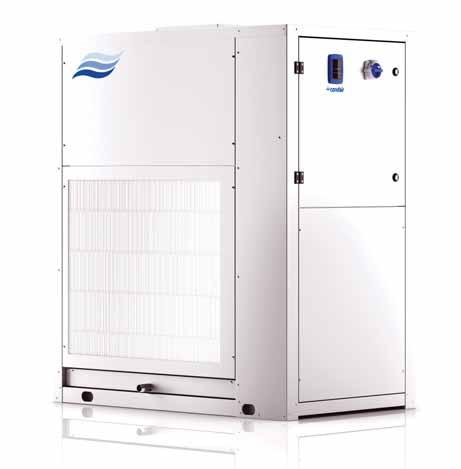
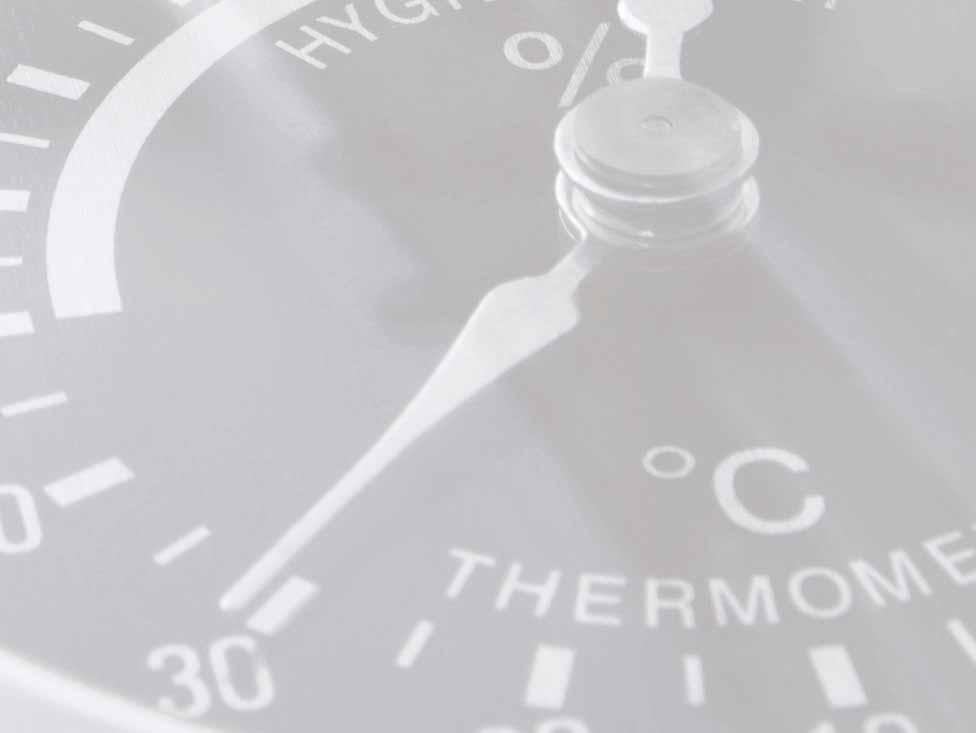
the atmosphere is warm. The warmer the room, the greater the condensation effect on the dehumidifier’s cold evaporator coil. This makes this type of technology ideal for applications like swimming pools, where the air is typically very warm and moist, especially, as some condensing dehumidifiers can incorporate heat recovery systems, which return the heat generated from the drying process to heat the pool water.
If the atmosphere requiring dehumidification is lower than around 20°C, frequently desiccant dehumidifiers start to become a more efficient solution. Their efficiency of operation is not temperature dependent, so they perform well in both warm and cold environments. However, this flexibility comes at a cost, as they do use more energy than condensing systems, due to the heating required to regenerate the desiccant wheel. In comparison, a condensing system would typically consume 0.5-1.5kW to remove one kilo of water, while a desiccant would consume 1-3kW for the same capacity. It is possible for a desiccant dehumidifier to incorporate a gas or hot water heat exchanger, which can reduce the cost of this energy consumption.
Due to the need to vent the regeneration airflow externally, to get rid of the hot wet air coming off the desiccant wheel, desiccant dehumidifiers can also be more complicated to install. A condensing dehumidifier can dry an atmosphere with only an electrical supply and a drain. A desiccant dehumidifier will always need ducting to vent the regeneration airflow away from the area being dried.
Temperature not only factor
So, with the higher energy costs and the more complex installation requirements involved in desiccant dehumidification, if a project’s environmental conditions suit a condensing dehumidifier, it will normally be the most cost-effective solution. However, temperature isn’t the only determining factor. Condensing dehumidifiers are very effective at maintaining an atmosphere as low as 45-50%RH. If a project calls for a humidity level below this, desiccant technology offers more powerful drying performance. A desiccant dryer can deliver extreme environmental control as low as 1%RH. This is ideal for manufacturing processes, such as lithium battery production, where very low humidity levels are needed.
Effectively managing the heat generated during a drying project can also be a determining factor in technology selection. If close environmental control is needed in a project, this nearly always involves both temperature and humidity levels. Although the dehumidifier’s purpose is to control humidity, both technologies will heat the air they dry. This means they have an impact on the temperature management and will need to align alongside any associated heating and cooling equipment.
Flexible solution
Again desiccant technology offers a more flexible solution for temperature management, as it is possible to fit pre- or post-modules to a desiccant dehumidifier that can additionally heat or cool the air. There is the possibility with some advanced condensing systems to incorporate remote condensers, which can exhaust the heat air away from the process air delivery. This can provide control over heat management but not to the precise levels offered by desiccant technology.
In summary, for projects that need humidity control at 45%RH or above and at around 20°C or warmer, condensing dehumidifiers can be the most cost-effective solution. While applications that drop below this temperature level, even for short periods of time, or that need less than 45%RH, or advanced temperature management, desiccant dryers offer a much wider performance range.
See also www.condair.ie .
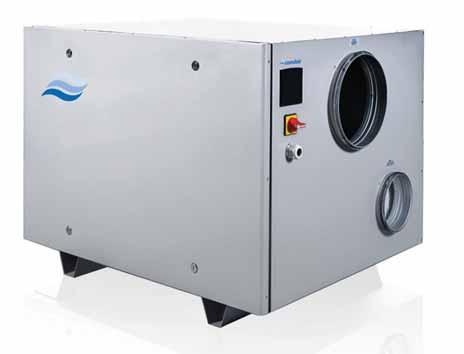
Condair desiccant dehumidifi er.
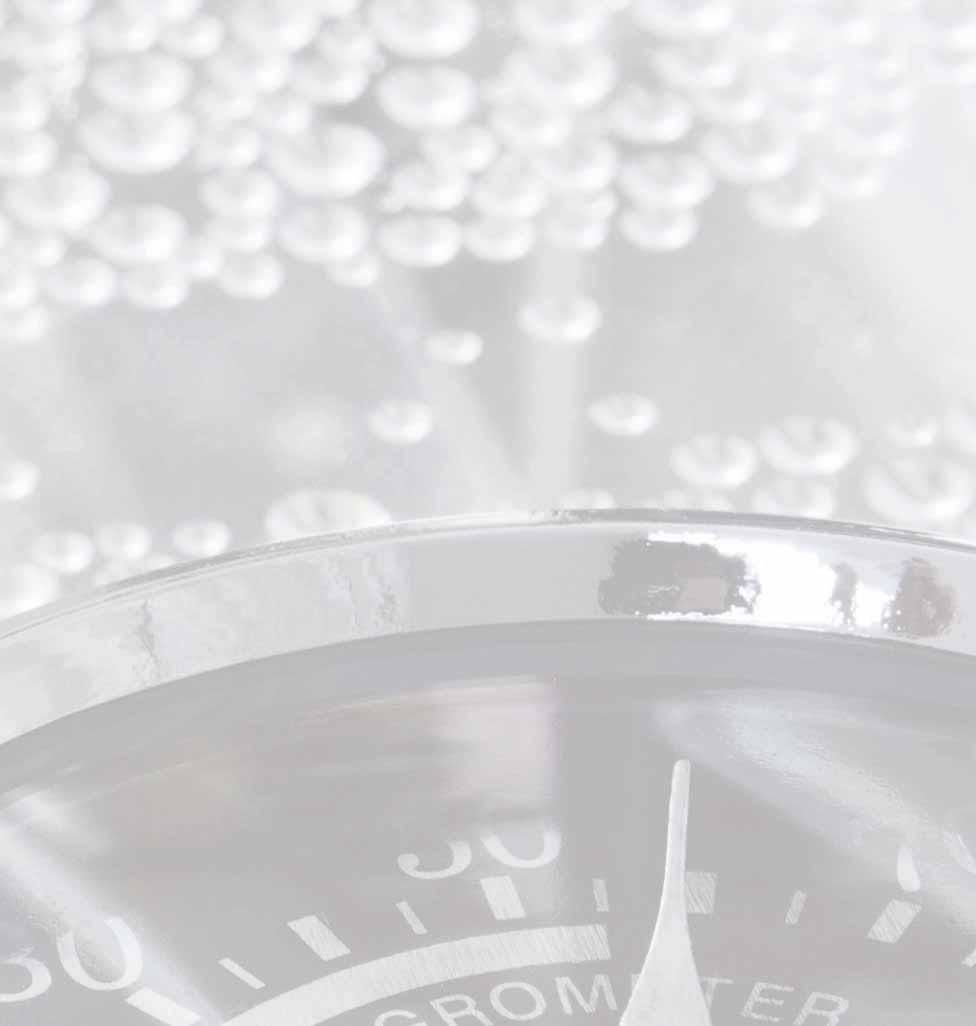
Euro Gas embarks on new development phase


As Euro Gas approaches its ruby (40th) anniversary, it’s appropriate that it is undergoing yet another strategic development phase. The injection of new blood and fresh ideas has been the hallmark of Euro Gas down through the years and this year is no exception. After almost 25 years of unstinting service to Euro Gas, Martin Garvey, former Managing Director and majority shareholder, has decided to step away from the business to enjoy the finer things in life, with Denis O’Keeffe, James Porter and Kieran Cowman acquiring the business. As with all such developments at Euro Gas, this has been a carefully-planned process to ensure a gradual and seamless transfer of ownership while, at the same time, ensuring total continuity of service and project delivery. Indeed, Denis and Kieran have almost 40 years’ service between them with Euro Gas while James represents the injection of “newer blood”, being with the company five years. The same applies to the main staff complement. Longevity of service is very common at all levels, and across various roles. Meanwhile, new members have also come on board to help deal with the ever-expanding order book and growing portfolio as new product categories and product types come on stream. That said, Euro Gas is not merely a product distributor but a full service provider of design-led, integrated heating and hot water system solutions for commercial applications, covering everything from offices and hotels through to leisure centres, gyms, hospitals, schools, etc. Both new-build and retrofit are fully catered for, with NZEB compliance and all that this entails the primary objective.
Product portfolio

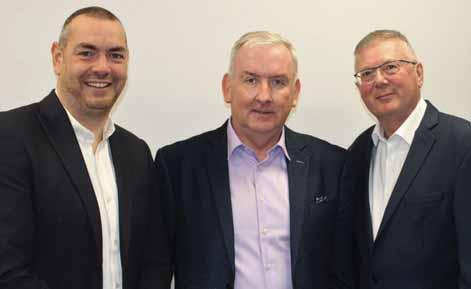
Boilers Heat pumps Water heating Air heating Radiant heating Air dirt separators Flue gas exhaust systems Unit heaters Door curtains Gas detection Plate heat exchangers Heat interface units




In keeping with the injection of new blood and fresh thinking, Peter O’Brien has just joined the company as Sales Director. A qualified building services engineer, Peter is widely known and respected throughout the building services engineering sector, having held key senior roles with some of the industry’s market leaders.
His experience encompasses all technology types and takes in commercial boilers through to air handling units, CHP units and commercial heat pumps. He will work closely with consulting engineers in his new role to help them devise renewable solutions that are the most appropriate for the particular project concerned.
Renewables and design advice
The emphasis on renewables has been fully embraced by Euro Gas with its extended portfolio of boilers, heat pumps and water heaters incorporating innovative features and state-of-the-art technology. A full suite of complementary accessories is also available.



That said, when devising commercial heating and hot water solutions, Euro Gas carefully assesses what will work best for each particular project. It does not shoe-horn products or systems into a solution simply to tick the related regularity compliance or grantapproval box, but rather proposes a holistic solution that is the most appropriate for that specific project
In addition, Euro Gas goes to great lengths to work closely with consultants and facility managers to devise each solution, and also to help educate the client as to the best way forward for a truly sustainable result
Packaged plantrooms
With the packaged plant room concept now firmly established as the preferred method of construction for certain situations, Pak Plant is Ireland’s leading provider of off-site solutions. Pak Plant offers either standard units or custom-designed complete packaged plant rooms, and is expert at creating tailor-made solutions for challenging projects. All plant rooms are designed and built in Ireland and can be supplied as skid-mounted units to allow incorporation into existing building structures. Pak Plant’s design team has a wealth of experience across the entire building services spectrum and works closely with specifiers, contractors and clients to devise the best solution
Spares and service
As part of the holistic service provided by Euro Gas, a team of fully-qualified and experienced engineers is available to attend on site to offer technical advice and guidance during installation. A full commissioning service on all products and systems is provided to ensure that they are correctly set up according to the manufacturer’s recommendations. These service engineers are strategically located throughout the island of Ireland and are supported by local service engineers who are fully qualified and have been trained in all aspects of commissioning and fault- finding by both Euro Gas and its principal supply partners. Euro Gas also carries extensive stocks of spare parts to ensure no delays and to eliminate unnecessary downtime.

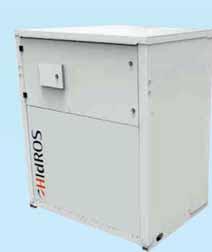
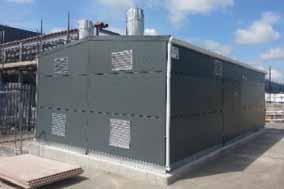
Euro Gas Ltd
Southern Cross Business Park, 38B Boghall Road, Ballymorris, Bray, Co Wicklow. Tel: 01 – 286 8244 Email: sales@eurogas.ie
www.eurogas.ie

Noise levels from ventilation systems has become an increasingly pressing topic in recent years, and an onus is now being placed on manufacturers, system designers and contractors to safeguard acceptable internal noise levels for occupant comfort, writes Glen Plunkett, Acoustician with iAcoustics.
Noise from mechanical and electrical equipment can be disturbing and fatiguing, and may interfere with the functionality of a space and the productivity of those who occupy it. Most new building projects in the commercial, educational and healthcare sectors strive for BREEAM, LEED and WELL accreditations which are very much in line with the push for sustainability and energy efficiency. Part of the green-movement package rightly includes basic requirements for indoor comfort levels which embraces acoustics and noise control as a key component.
The background noise level requirements for internal spaces are typically specified in terms of a maximum permissible dB(A) level measured over time, or by using the Noise Rating (NR) curve. The reason for using one or the other, or both, may be justified in the project documentation.
Regardless of which singlefigure parameter is used as a performance indicator for internal background noise levels, none provide a means by which the subjective quality of the operational noise source(s) can be addressed. It follows that two different ventilation systems in two separate rooms can achieve the same noise level yet
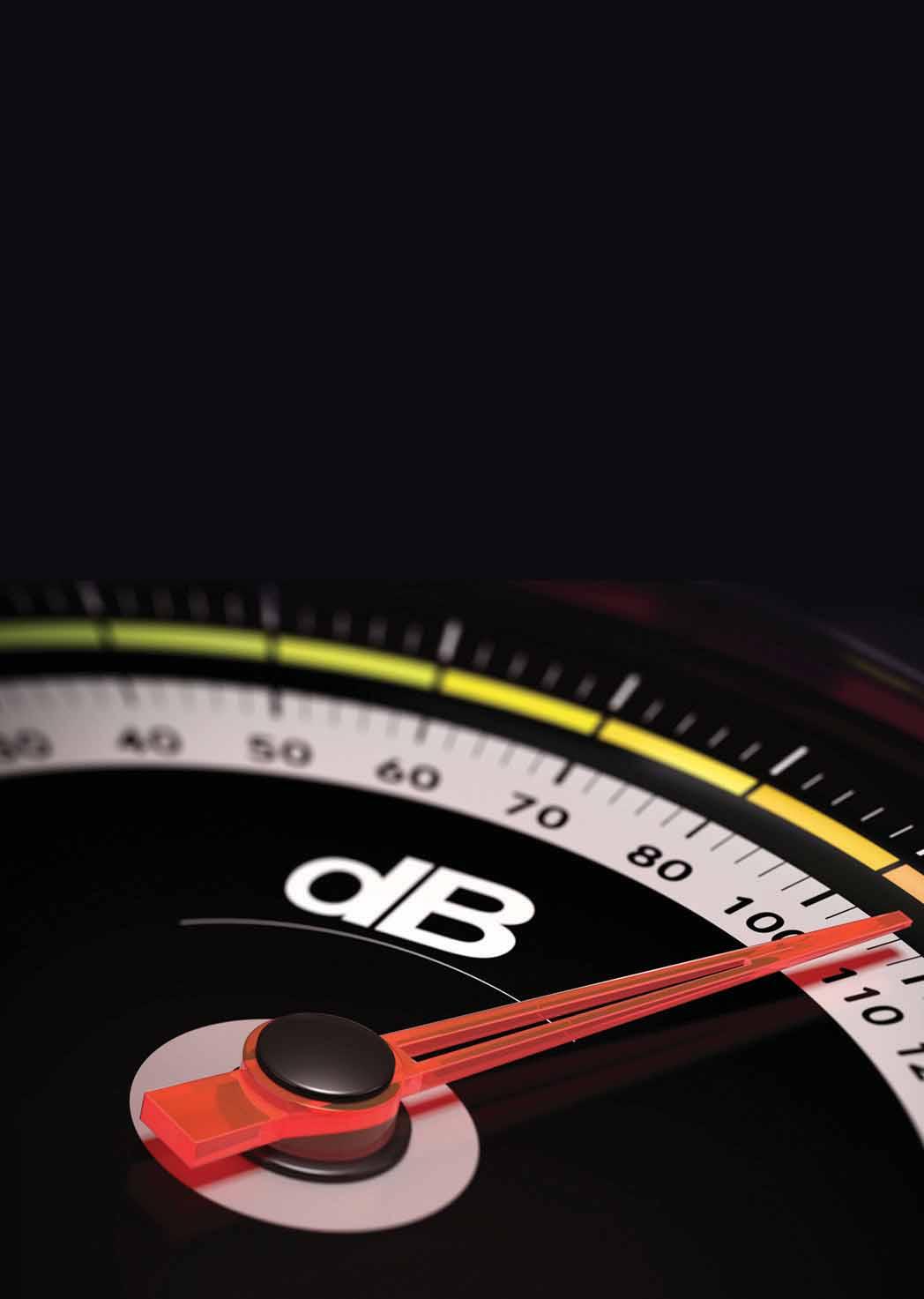
sound completely different to each other.
The Association of Noise Consultants (UK) attempts to address this in a simplified way for specification and commissioning purposes by imposing a 5dB penalty for noise with disturbing characteristics. This, however, implies that a noise source with a disturbing character may become acceptable by making it quieter, which is often not the case. Most attempts to coin a performance indicator for disturbing noise characteristics from HVAC systems have proven to be unfeasible for everyday use.
Types of problems
Disturbing characteristics of HVAC systems typically include noise that is tonal, intermittent or impulsive in operation or that emits a distinctive “hum”. Such characteristics have been shown to increase the subjective prominence of a noise source when compared to steady-state noise at the same level. If we consider two meeting rooms for example, one which achieves NR30 with a distinguishable “hum” from the fan coil unit, the other room achieving NR35 with no distinct acoustic characteristics, people may well find the former to be more annoying even though the actual background noise level is lower.
Acoustic specification
Acoustic specification for internal background noise levels tend to set out a maximum permissible level not to be exceeded under normal operating conditions. Not all specifications or project criteria set out a design aim on account of the acoustic quality of the system(s), stating that all systems must not emit any disturbing characteristics, including noise which is tonal, intermittent or impulsive in nature.
In the absence of such a design statement, disputes can arise at the commissioning stage because the contractor was only required to achieve a specified noise level, irrespective of providing a “good-sounding” system. It is less problematic if the client and contractor agree that the acoustic quality HVAC system will be addressed at the design stage. Furthermore, it may be difficult to justify the presence of a distinct acoustic feature because of the lack of standardisation and guidance in this area.
Designing M&E systems to sound good
It is common for system designers to meet a specified NR curve which defines a set of maximum permissible frequency values for a specified NR value. However, this does not imply that the design achieves a pleasant noise profile. CIBSE proposes that a better alternative is to design to a target spectrum which falls with frequency to around 5dB/ octave to provide a more balanced sound.
The first step is all to do with layouts. If a mechanical unit is to be suspended off the ceiling void within the space, what impact does the unit breakout noise have on the space below and on adjacent spaces? Where can fan coil units and duct runs be placed to minimise noise impact?
Careful selection of equipment on account of the frequency spectrum of the unit follows closely. Ventilation elements such as fans, grilles and diffusers with a well-balanced noise spectrum should be considered with equal importance to the overall noise level output.
There are many practical solutions available to minimise potentially-disturbing characteristics and it is advisable to seek the advice of an experienced acoustic consultant.

Glen Plunkett is an acoustician with iAcoustics, a company with a proven track record in M&E design consultancy that has designed systems down as low as NR17. It conducts noise transmission calculations using standardised guidance contained in ISO 12354-5, and also the procedures recommended in CIBSE Guide B4 to demonstrate compliance with the project criterion.

Keeping school airspace free of germs
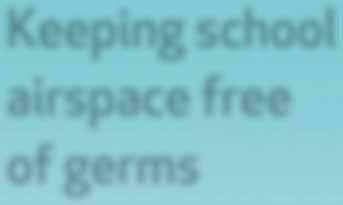
The most recent research on COVID-19 suggests that airborne transmission through aerosols is the main route of spreading for the disease.
This form of transmission means that it is essential to use “forced individual ventilation” – such as S&P extractors and air supply units – in enclosed spaces, especially classrooms, to clean the outside air and so increase the quality of the indoor air and considerably reduce the risk of infection.
S&P products on the windows or walls in a classroom (or small commercial premises and offices) ensure that clean outside air will replace the polluted air inside to create an environment free of infection.
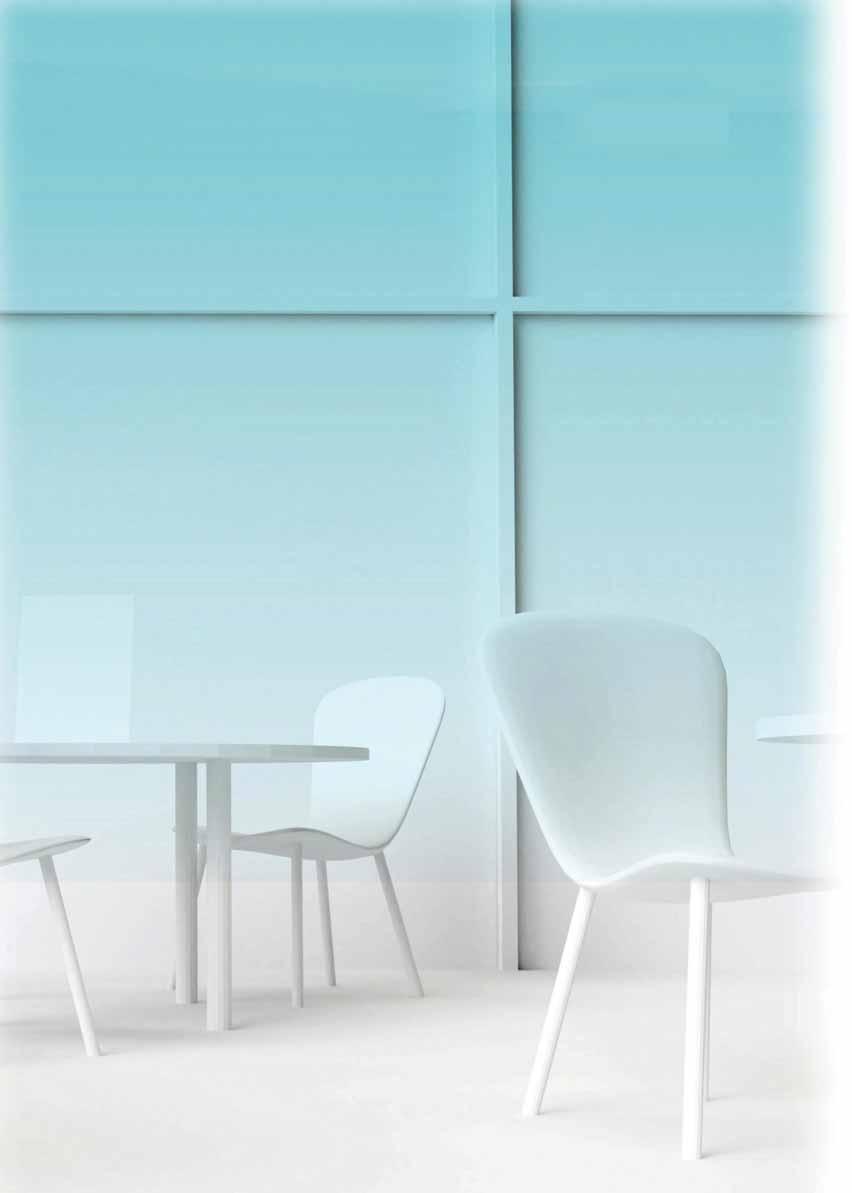
R -OBJETIVO CERO T R ANSMISIÓN PO AERO S OLES ZERO AEROSOL TRANSMISSION TARGET


Opening windows for a few minutes before and after classes does not ensure adequate indoor air quality.
Safe, quality air throughout the room, floor to ceiling and wall-to-wall.
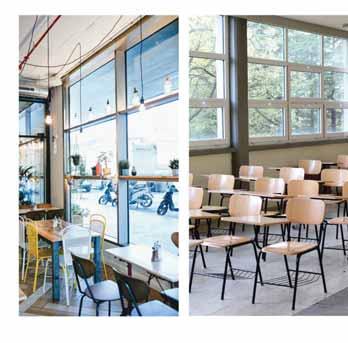
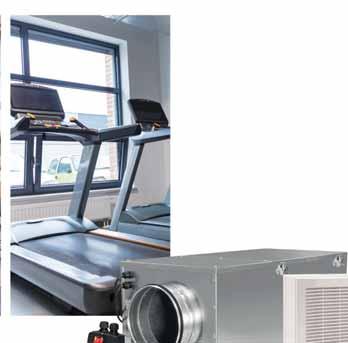
Better air quality, less risk of infection.
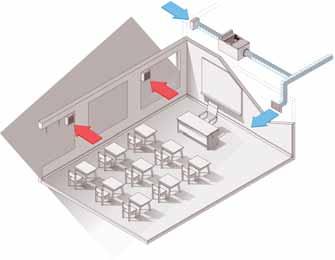
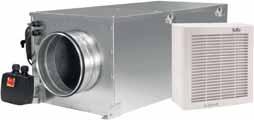
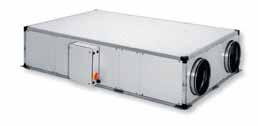
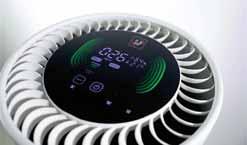
UVF ECOWATT Solutions + HV Wall Fan
Supply of clean outside air through ventilation ducts with integrated filters. Extract using controllable HV wall fan.
CADB-HE Solutions
Heat exchangers, with high-efficiency counterflow plate exchanger (up to 93%). They allow contaminated air to be extracted and replaced with pre-heated outside air. They have high efficiency ePM1 filters.
AirSens® CO2 Monitoring
Installing AirSens® CO2 intelligent indoor air quality monitors makes it possible to have both a control element for the ventilation system and an indoor air quality indicator.
AIRPUR 360º
Quiet portable air purifier unit for up to 50m² spaces. LCD touch screen shows all available functions and their status: • Colour-coded air quality level and PM2.5 indicator (μg/m³). • Timer (1 to 8 hour) • Screen lock • Filter replacement indicator • RH% and room temperature










